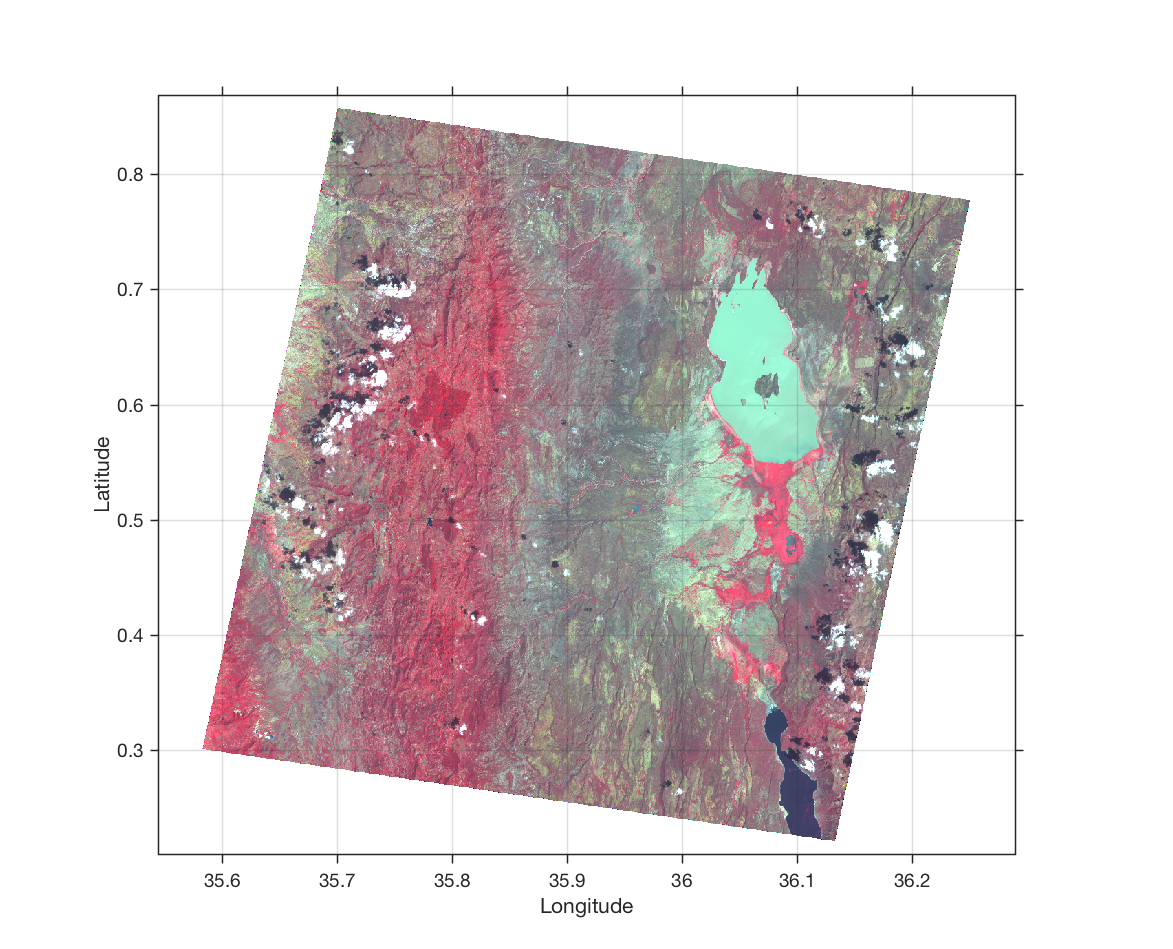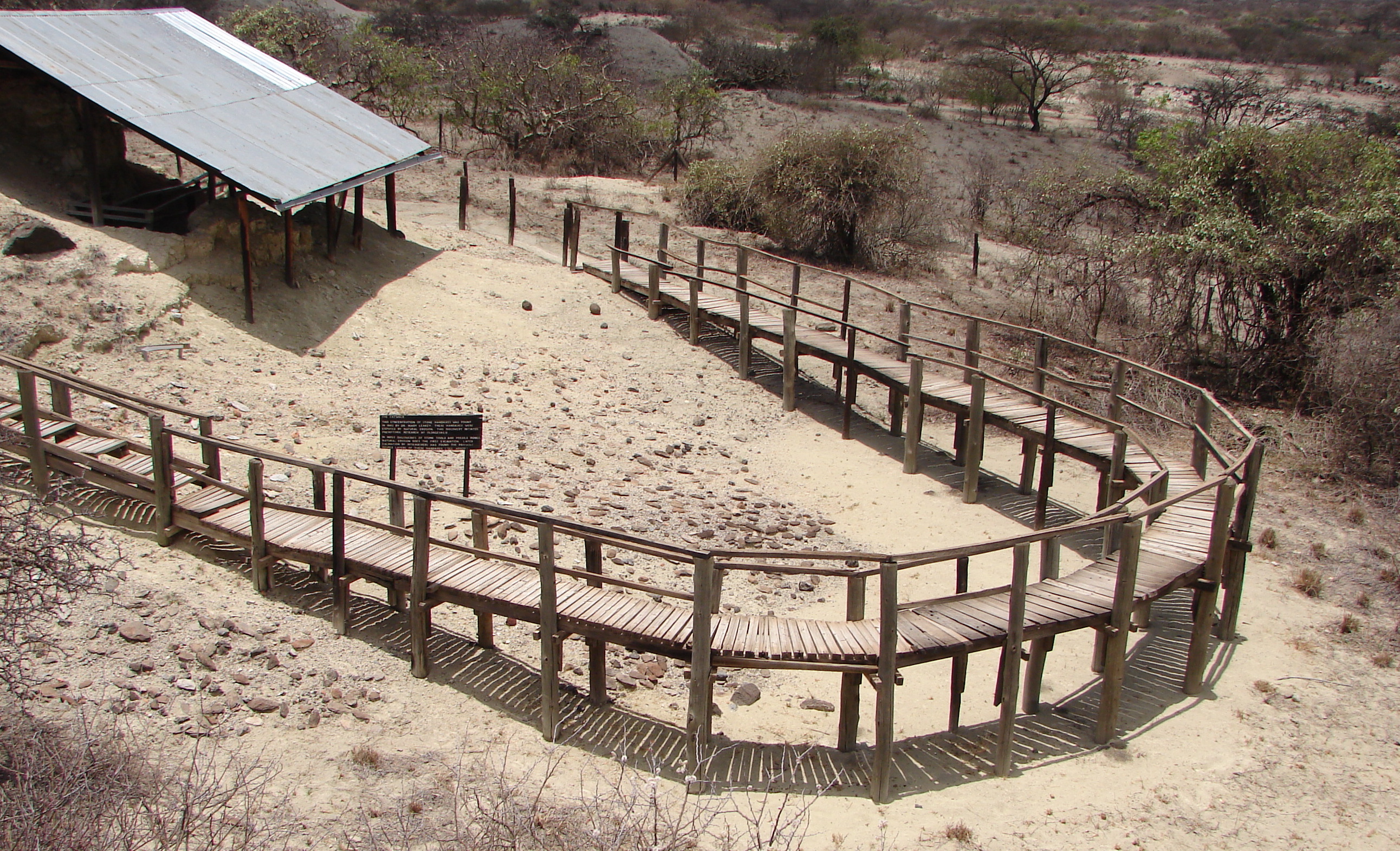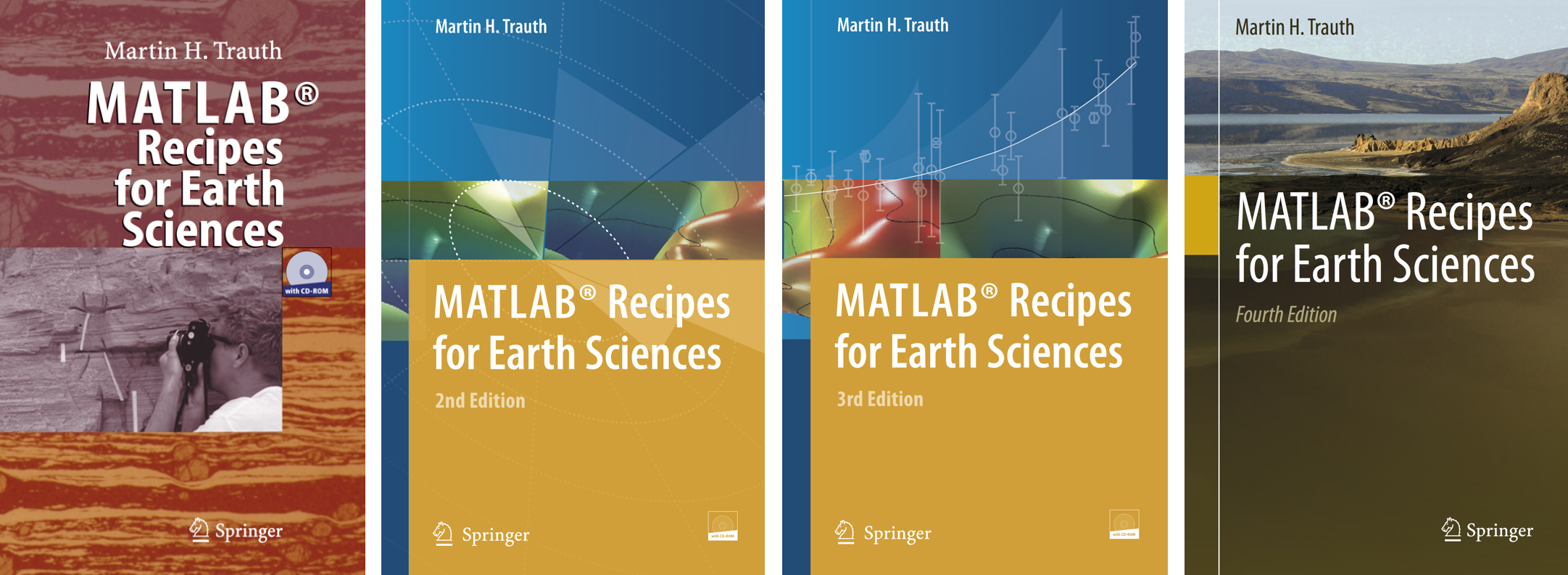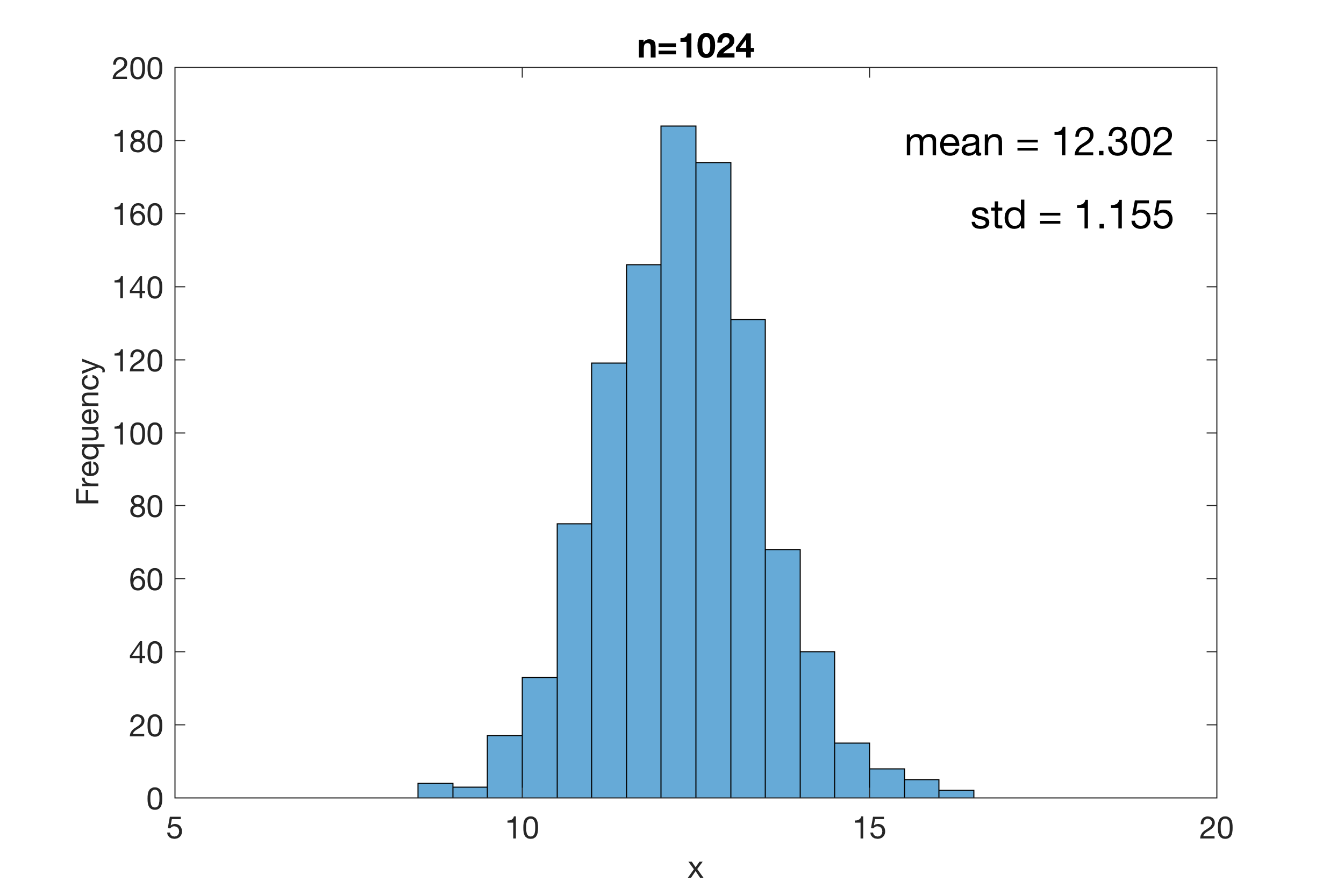Tomorrow the 41st shortcourse on MATLAB Recipes for Earth Sciences will begin with 29 participants from 12 different research institutions and universities. It is the first of the two spring courses at the University of Potsdam. Continue reading “41st Shortcourse On MRES”
Interactive eBook Edition of MRES
With its fourth edition, the MRES book makes its first appearance as an interactive ebook. This ebook allows the reader to interact with the book and comes in two different formats, with the first being for Apple iPads and Macs (in the form of an .ibooks file created with Apple’s iBooks Author software) and the second being for other platforms (as a PDF file that includes relative links to interactive objects stored on the reader’s hard drive). Continue reading “Interactive eBook Edition of MRES”
Importing and Georeferencing TERRA ASTER Images with MATLAB, Part 1
 Since 1 April 2016 all ASTER data products are free to all users. Here is an example, different from the one described in the MRES book, to demonstrate how to import, enhance and georeference an ASTER image with MATLAB. Continue reading “Importing and Georeferencing TERRA ASTER Images with MATLAB, Part 1”
Since 1 April 2016 all ASTER data products are free to all users. Here is an example, different from the one described in the MRES book, to demonstrate how to import, enhance and georeference an ASTER image with MATLAB. Continue reading “Importing and Georeferencing TERRA ASTER Images with MATLAB, Part 1”
MATLAB-Based Detection of the Orientation of Handaxes
Some archeological sites in East Africa revealed unusual accumulations of Acheulean handaxes, such as in Olorgesailie in Southern Kenya (see photo above) and in Kariandusi in Central Kenya. It has been debated whether these accumulations were a result of fluvial reworking or of in situ deposition by hominins. A MATLAB-based algorithm to automatically determine the orientation of handaxes in excavation plans helps to test the preferred orientation of stone tools as the result of fluvial reworking.
Continue reading “MATLAB-Based Detection of the Orientation of Handaxes”
Merging SRTM Files in MATLAB
The free 1-arc minute Shuttle Radar Topography Mission (SRTM) data are very popular digital terrain models (DEM). Here is a script for merging and visualizing multiple SRTM data sets to larger DEMs with MATLAB. Continue reading “Merging SRTM Files in MATLAB”
The Story of the MRES Book
The success of the MRES book surprised me. Wolfgang Engel, the late editor of Springer, obviously had a good nose after we first met at the AGU conference in San Francisco in December 2004. Here is the story to the book.
Sample Size: How Many is Enough?
What is a good sample size? How many replicate measurements do we need to make inferences about a population from the sample? There are scientific articles on this subject, such as the one by H.W. Austin (1983), of which the title of the blog post is borrowed. There is no universal answer to this question. It depends very much on the studied phenomenon and the requirements on the results. Here is a nice example of how MATLAB helps to get a sense of the relationship between sample size and quality of the result.
MathWorks Supports Curriculum Development
 MathWorks supports the curriculum development of the MATLAB/LEGO MINDSTORMS Environmental Remote Sensing Lab by Martin H. Trauth, in collaboration with Jens Tronicke and Bodo Bookhagen. Sebastian Gross, Senior Education Technical Specialist of MathWorks, advises us on all matters involving the development of the new curriculum. The course for undergraduate and graduate students aims to improve their skills to build efficient teams to solve typical problems in earth sciences in acquiring, processing and analyzing typical multispectral, geophysical and geometric data. The progress of course development as well as course materials will be provided on this blog.
MathWorks supports the curriculum development of the MATLAB/LEGO MINDSTORMS Environmental Remote Sensing Lab by Martin H. Trauth, in collaboration with Jens Tronicke and Bodo Bookhagen. Sebastian Gross, Senior Education Technical Specialist of MathWorks, advises us on all matters involving the development of the new curriculum. The course for undergraduate and graduate students aims to improve their skills to build efficient teams to solve typical problems in earth sciences in acquiring, processing and analyzing typical multispectral, geophysical and geometric data. The progress of course development as well as course materials will be provided on this blog.





